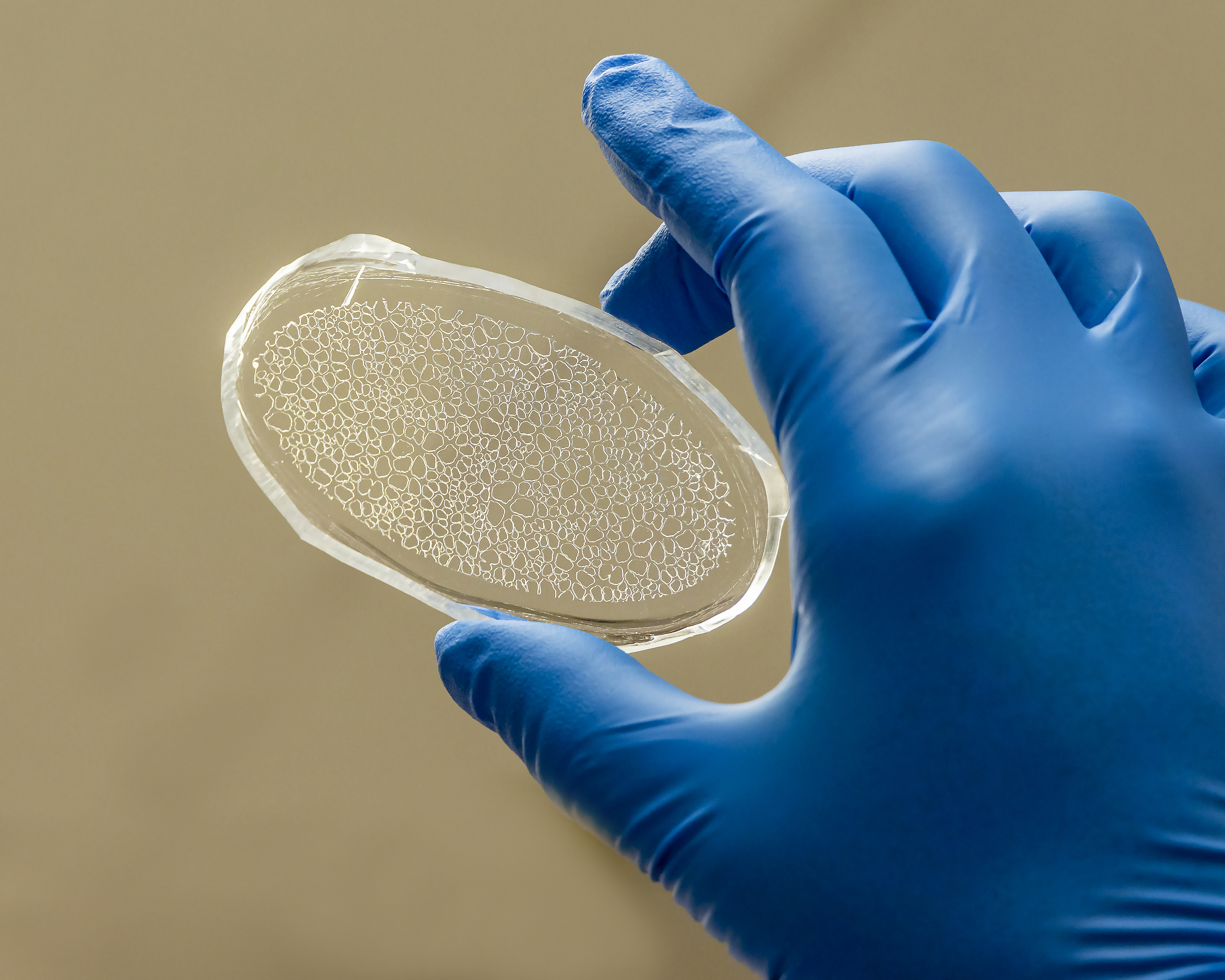Scientists at the Department of Energy’s Oak Ridge National Laboratory have created a miniaturized environment to study the ecosystem around poplar tree roots for insights into plant health and soil carbon sequestration.

news, journals and articles from all over the world.

Scientists at the Department of Energy’s Oak Ridge National Laboratory have created a miniaturized environment to study the ecosystem around poplar tree roots for insights into plant health and soil carbon sequestration.
The rhizosphere, the underground ecological zone between and around plant roots, is difficult to study. Scientists have now developed a rhizosphere-on-a-chip with a transparent simulated soil structure that allows researchers to view how roots grow over time through the pores in the soil. Paired with specialized mass spectrometry techniques, scientist can also use the rhizosphere-on-a-chip to map the location of root-exuded molecules, like amino acids, without hurting the plant.
: The soil surrounding and including the roots of plants is a hotspot for bacteria that help plants resist infections, survive drought, and take up nutrients. However, scientists did not fully understand how bacteria assist plants. A new study provides new insights into the spots on roots where bacteria attach. This could help scientists understand and control how plants and bacteria interact.
The diverse collection of microbes known as protists are understudied, but their impact on ecosystems and agriculture could be huge.